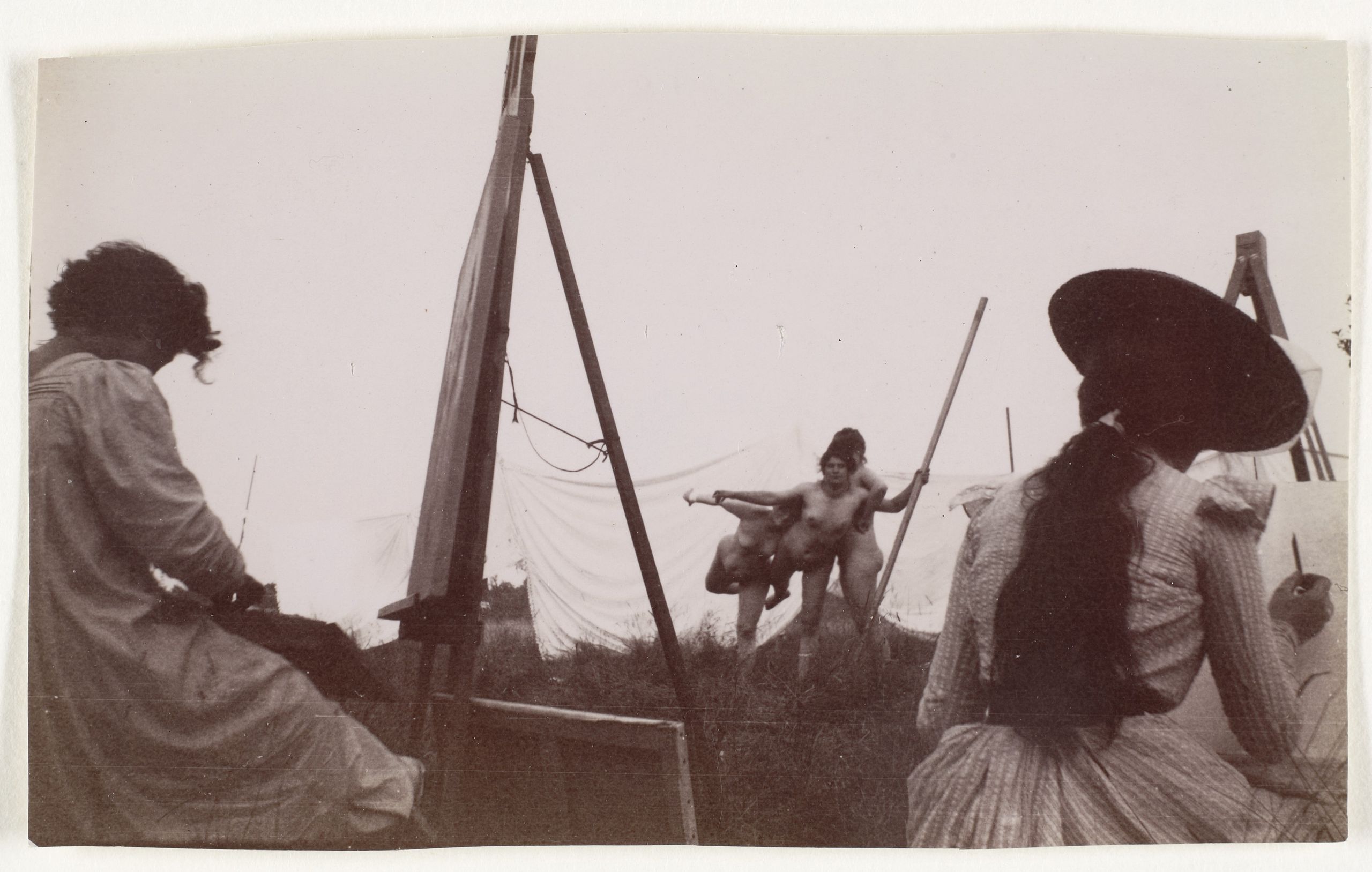Why It Matters Who Poses
DOI:
https://doi.org/10.58519/aesthinv.v6i2.16890Keywords:
aesthetics, model, pose, phenomenology, technology, ethics, visual arts, photography, media, body, diversityAbstract
I make the case for modelling as a collection of creative practices that work with various art forms as a promising area of work. I achieve this by exploring three questions. First, are models not merely a prop employed by the artist? Using phenomenological considerations informed by my work as a life model, I argue that models often work to vague briefs and are moreover employed precisely because of their unique poses. Second, how do models impact artworks? Overlooking a model's contribution can drastically alter our aesthetic understanding of an artwork. I argue that models contribute creatively and maintain 'model reasons', a formal interest in posing as body-experts. Third, what is the value of research into models and their poses? Deepening our knowledge can constitute a restorative act. Further scholarship will also need to reckon with the realities of changing technologies and working practices. It is especially important, then, to tease out and understand the existing practices of modelling and their interrelations with other artists, artistic media, and technologies.
Downloads
References
Callen, Anthea. ‘Doubles and Desire: Anatomies of Masculinity in the Later Nineteenth Century’. Art History 26 (2003): 669–99.
Debaene, Aurélie. ‘Posing Skill: The Art Model as Creative Agent’. In Proceedings of the European Society for Aesthetics, edited by Connel Vaughan and Iris Vidmar Jovanovic, 11:214–31, 2019.
———. ‘The Art Model as Performer’. Aesthetic Investigations 5, no. 1 (2021): 7–27.
———. ‘The Truthful Portrait’. The Journal of Aesthetics & Art Criticism 79, no. 4 (2021): 440–51.
Entwistle, Joanne. ‘From Catwalk to Catalog: Male Fashion Models, Masculinity, and Identity’. In Cultural Bodies: Ethnography and Theory, edited by Helen Thomas and Jamilah Ahmed. Malden, MA: Blackwell, 2004.
Heyward, Anne. ‘The Opposite of a Muse’. The New Yorker, September 2017. https://www.newyorker.com/culture/culture-desk/the-opposite-of-a-muse.
LALALAND. ‘About’, n.d. https://lalaland.ai/about.
Levi Straus & Co. ‘Editor’s Note’, March 2023. https://www.levistrauss.com/2023/03/22/lsco-partners-with-lalaland-ai/.
Mears, Ashley. Pricing Beauty: The Making of a Fashion Model. Berkeley, CA: University of California Press, 2011.
Phillips, Sarah R. Modeling Life: Art Models Speak about Nudity, Sexuality, and the Creative Process. Albany, NY: State University of New York Press, 2006.
St. Philip, Elizabeth. ‘The Colour of Beauty’. National Film Board of Canada, 2010. https://www.nfb.ca/film/colour_of_beauty/.
Tosh, John. A Man’s Place: Masculinity and the Middle-Class Home in Victorian England. New Haven, CT: Yale University Press, 1999.
Wissinger, Elizabeth. ‘Managing the Semiotics of Skin Tone: Race and Aesthetic Labor in the Fashion Modeling Industry’. Economic and Industrial Democracy 33, no. 1 (2012): 125–43.
Downloads
Published
Issue
Section
License
Copyright (c) 2023 Aurélie Debaene

This work is licensed under a Creative Commons Attribution 4.0 International License.
Authors who publish with this journal agree to the following terms:
Authors retain copyright and grant the journal right of first publication with the work simultaneously licensed under a Creative Commons Attribution License that allows others to share the work with an acknowledgement of the work's authorship and initial publication in this journal. Note: up to volume 4 issue 1, an incorrect copyright line appears in the PDFs of the articles.
Authors are able to enter into separate, additional contractual arrangements for the non-exclusive distribution of the journal's published version of the work (e.g., post it to an institutional repository or publish it in a book), with an acknowledgement of its initial publication in this journal.
Authors are permitted and encouraged to post their work online (e.g., in institutional repositories or on their website) prior to and during the submission process, as it can lead to productive exchanges, as well as earlier and greater citation of published work (See The Effect of Open Access).






